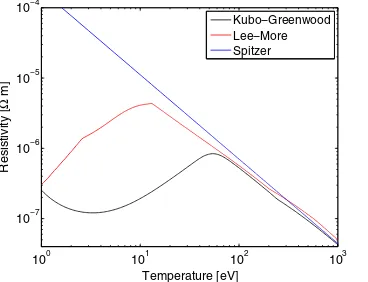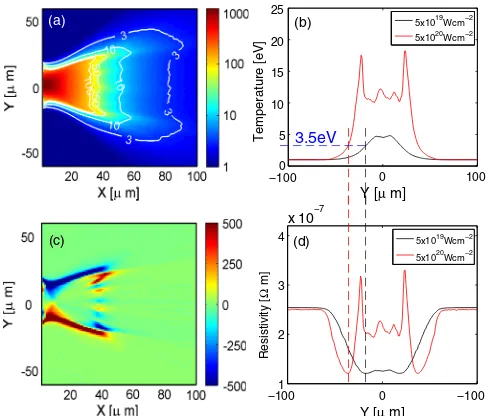Annular fast electron transport in silicon arising from low-temperature resistivity
Full text
Figure


Related documents
● Ensuring that cargo heating is maintained in the tanks being discharged and recording when the heating coils are shut down, and the time the tank has been completely drained,
Rather than provide a list of reforms that “should” be undertaken, the paper attempts to understand the political economy of the process of economic reform in India, and how
In this model, when the behavior of the governments is taken into consideration, the national tax rate results in an overtaxation and the local tax rate results in an
OeKB AG prepared the consolidated financial statements for the year ended 31 December 2014 in accordance exclusively with International Financial Reporting Standards (IFRS) as
saccharification after pretreatment in willow. The findings also show that high lignin content of untreated biomass is not necessarily detrimental to final glucose yields. This
N 1975 The Signal Companies, Inc. Over the next two years Signal placed its employ- ees on the board of directors and in management positions of UOP. In 1978 Signal
Our analysis provides clarification on the causality between income and wealth inequality and growth volatility, at different frequencies and at a different moments in time.. We
Donors have already begun to abandon the practice of unilaterally setting priorities in favor of local ownership, under which “developing countries set their own strategies